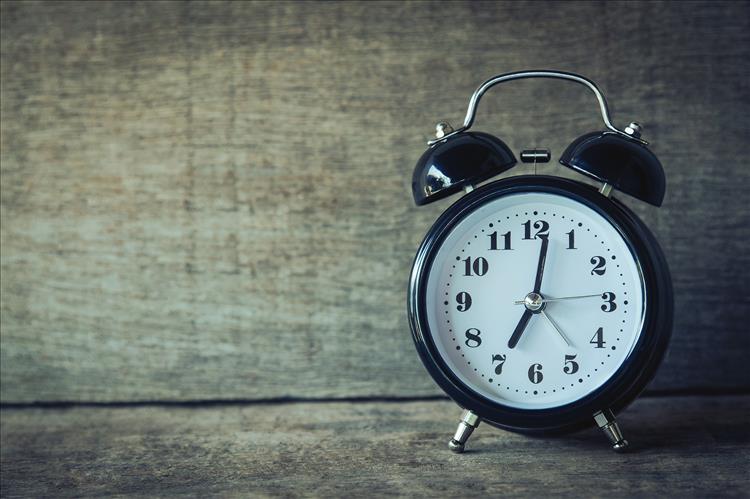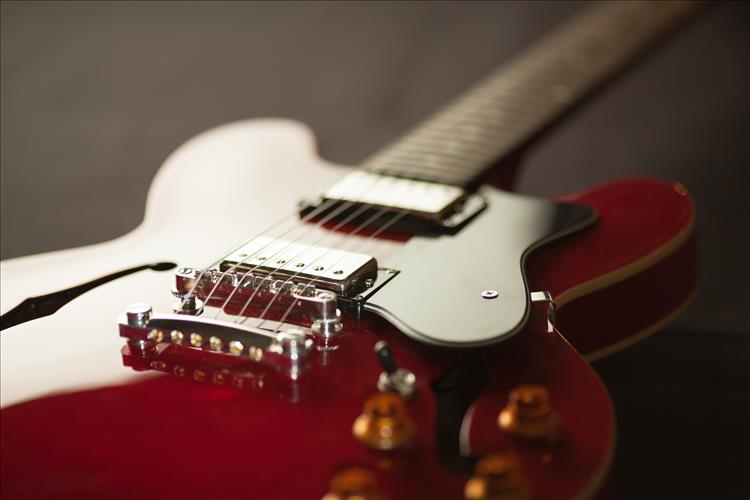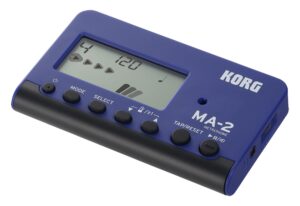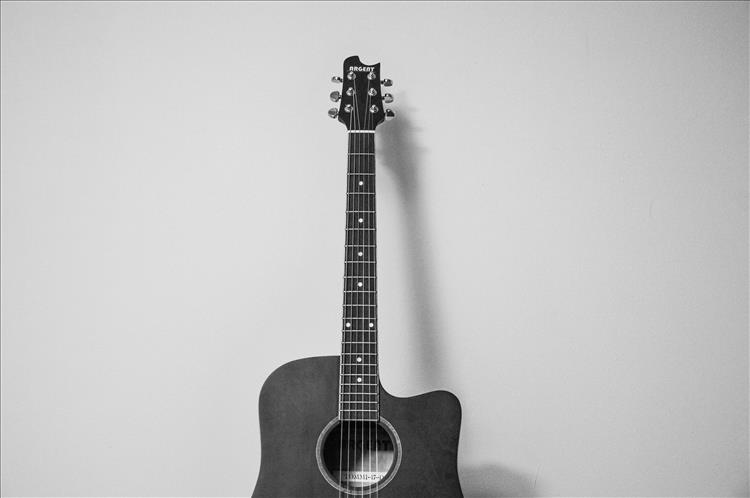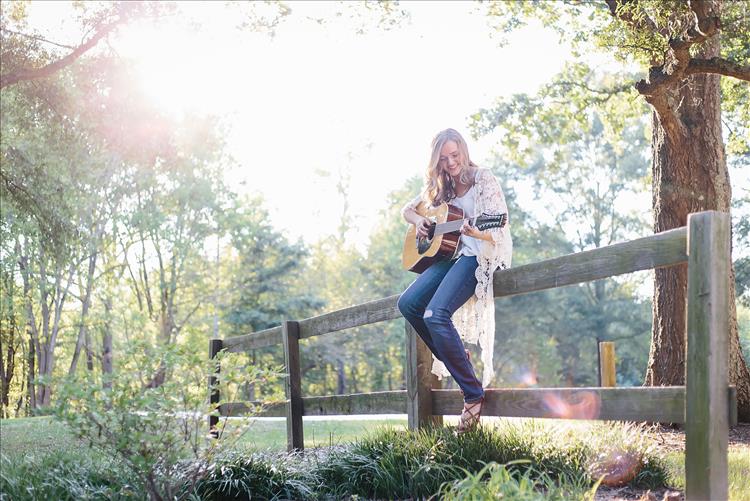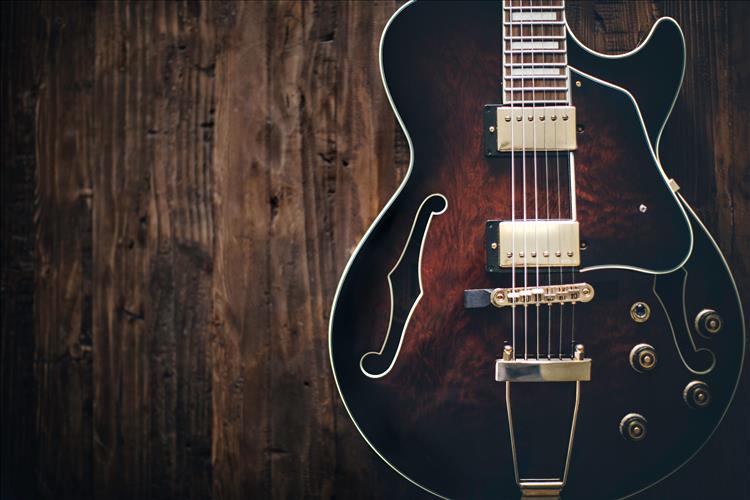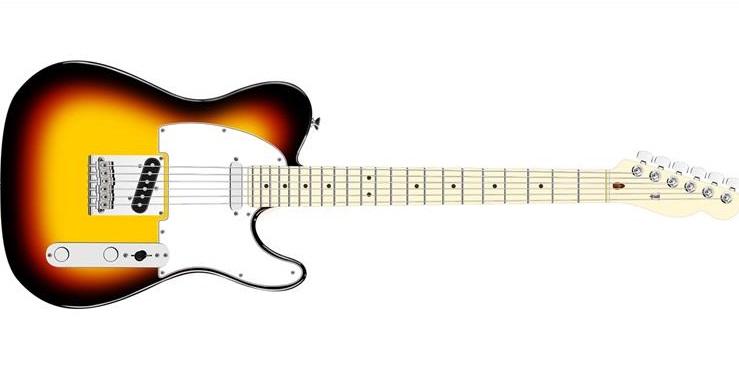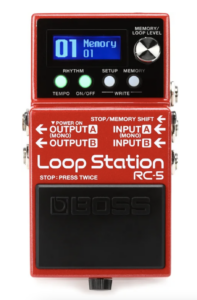No matter how much time you have, making a solid guitar practice schedule to suit your life will help you progress as a guitarist! Let’s discuss how!
Over 100,000 guitar-learners get our world-class guitar tips & tutorials sent straight to their inbox: Click here to join them
In this free lesson you will learn…
- How to make a guitar practice schedule that suits your lifestyle
- Why a practice schedule is so important
- Why time management is crucial
- How to break up the time you have available to you for better practice
Let’s Design A Guitar Practice Schedule Around Your Life
Let’s face it, folks. Life gets busy extremely fast.
- Often, there aren’t enough hours in the day to accomplish all of the things we want to do, and that includes being able to make a good amount of time to play guitar.
- Some of us have more time than others, but we all need to use the time that we have to the best of our advantage.
In this lesson from the National Guitar Academy, we’re going to help you design a workable guitar practice schedule that fits your lifestyle.
Why Do We Need A Designated Guitar Practice Schedule?
Many guitarists are guilty of falling into the ‘noodle loop.’
What’s the noodle loop?
- Have you ever sat down and just aimlessly played riffs that you already know with no direction whatsoever?
- Do you play for thirty minutes and feel like you’ve achieved nothing?
That’s the noodle loop, folks.
It’s a funk that we can easily slide into if we don’t go into each practice session with a dedicated set of goals and targets.
We’ll end up riffing on ideas we’ve already written, or licks we have already mastered; and ultimately get nothing done.
So how do we go about breaking this vicious cycle?
- We set goals and we create a guitar practice schedule that forces us to work within a time frame of practice.
- It’s not enough to set the goal of practicing our picking.
What speed are you comfortable with? How fast do you ultimately want to play? What scales will you practice? Is there a song that makes you want to play faster so you can learn it?
These are the questions that we need to answer for ourselves in order to level-up our practice regimen.
Everyone’s Needs Are Different
What you need to learn as a guitarist in order to progress is different than what any of your friends and fellow guitarists will need.
Pro Tip: It’s important not to measure yourself against the progress of others when learning guitar.
Everyone moves at a different pace, and the only pace you should be concerned with is your own.
- This doesn’t mean that you should learn nothing from anyone but yourself, it just means not to compare yourself to others.
- It’s easy to get lost in our heads and feel like we just aren’t measuring up, but the fact of the matter is that you’re moving at exactly the right pace for you.
Learn 12 EASY beginner chords with our popular guide

✅ Stop struggling. Start making music.
✅ Learn beginner-friendly versions of every chord.
This is our most popular guide and it will improve your chord ability quickly! 😎
Get your own personalised guitar-learning plan 🎸
Get a custom guitar-learning plan here: Click here for GuitarMetrics™
World-Class Guitar Courses 🌎
Learn from the world's best guitar educators: Click here for our guitar courses
Figure Out What You Can Fit In
As much as your needs are different from everyone else’s, so is the amount of time you have available in the day.
- You may not be able to fit in a full two hours of practice everyday, but maybe you can fit in thirty minutes right after school or work.
- Don’t be hard on yourself and commit to an unreasonable bracket of time.
We’ve broken down this lesson into various time brackets from two hours all the way down to five minutes.
That’s right – five minutes.
It’s all about how you manage your time, and trust us – you’ve got more of it than you think.
There’s something to be said as well for having the right tools to practice with – the first of many being a metronome.
The Korg MA-2 is a fantastic and versatile metronome that’s easy for beginners to pick up and practice with. It’s loud, clear and has a headphone jack so you can plug in to listen more intently to the click.
A good metronome will help you learn to keep good time in both your rhythm and lead practice. We highly recommend picking one up to help you along your practice journey.
Now, who’s ready to start building an effective practice regimen?
Let’s start big with the two hour drill!
Guitar Practice Schedule I: The Two Hour Drill
This is for those of you who have the time to spare and want an intense workout that will set your hands and ears on fire.
Regardless of your skill level, this routine will help you stay limber and make progress faster than you would if you were just practicing one scale or song per day.
Pro Tip: You should have a metronome by your side at all times. These drills are intended to get your fingers moving at an intervallic pace, and the metronome is ideal for helping you pace yourself.
When we practice without a metronome, we can’t guarantee that our time feel will be 100% precise. Being able to divide up our timing is important and should not be overlooked!
2 HOUR GUITAR PRACTICE SCHEDULE LAYOUT:
- 5 Minutes – Warm Up/Stretching
- 10 Minutes – Practice the chromatic scale ascending and descending (start tempo: 80bpm)
- 15 Minutes – Chord Study – Practice whatever chords you are having difficulty with currently using arpeggios to seek out muted or bad notes and adjust
- 20 Minutes – Speed training with metronome over major and minor scales (alternate picking) (start tempo: 80bpm)
- 30 Minutes – Freestyle! Start learning something new!
- 20 Minutes – Arpeggio practice (Click here for a guide from Guitar World)
- 20 Minutes – Song practice – Whichever song you are working on recently (or: Improv over a backing track with scales)
The two-hour format is fantastic for those of us that have the time, and allows us to really flex our muscles in our practice sessions. Don’t forget to stretch!
Guitar Practice Schedule II: The 1.5 Hour Drill
A little bit lighter on time, this 1.5 hour drill will do just as much for your hands as the 2 hour drill will.
As we are aiming this guitar practice schedule at guitar players of all skill levels, we have omitted a lot of the more complex exercises that you can incorporate.
Pro Tip: As a consolation, we include a run through the chromatic scale in each guitar practice schedule in this lesson.
- The chromatic scale is amazing for every skill level, as it can be played a variety of different ways.
- If you’re looking for a challenge, try mixing up the way you play the chromatic scale. Instead of 1-2-3-4, try 1-3-2-4 on the way up and 4-2-3-1 on the way down.
1.5 HOUR GUITAR PRACTICE SCHEDULE LAYOUT:
- 5 Minutes – Warm Up/Stretching
- 10 Minutes – Practice the chromatic scale ascending and descending (start tempo: 80bpm)
- 15 Minutes – Chord Study – Practice whatever chords you are having difficulty with currently using arpeggios to seek out muted or bad notes and adjust
- 10 Minutes – Speed training with metronome over major and minor scales (alternate picking) (start tempo: 80bpm)
- 20 Minutes – Freestyle! Start learning something new!
- 10 Minutes – Arpeggio practice (Click here for a guide from Guitar World)
- 20 Minutes – Song practice or Improv
Pro Tip: Time management is everything. This guitar practice schedule is a stripped-back version of the two hour drill because we want you to have as rounded of a practice session as possible.
Guitar Practice Schedule III: The One Hour Drill
As we begin to narrow down our amount of available time, it’s important not to sacrifice any one part of your schedule too much.
The most important part of an effective guitar practice schedule is that you cover as much ground as effectively as possible.
- This means developing focus.
- This isn’t as easy as it sounds, either. Focus takes time to build, and a lot of mental strength.
The better we can focus when it comes to guitar practice, the more we can accomplish in less time. Be conscious of what you’re playing and how it sounds, and be critical (but not too critical)!
1 HOUR GUITAR PRACTICE SCHEDULE LAYOUT:
- 5 Minutes – Warm Up/Stretching
- 5 Minutes – Chromatic scale ascending & descending (start tempo: 80bpm)
- 10 Minutes – Chord Study
- 10 Minutes – Speed training with metronome over major and minor scales (alternate picking) (start tempo: 80bpm)
- 10 Minutes – Freestyle! Start learning something new!
- 10 Minutes – Arpeggio practice (Click here for a guide from Guitar World)
- 10 Minutes – Song practice or Improv
Improv doesn’t always have to involve playing over a backing track. If you have a guitar riff that you’re set on writing, you can use the last ten minute window of your schedule to practice and write!
Pro Tip: If you want to really step up your practice game, consider getting a looper pedal!
We love the BOSS RC-5 Loop Station – it’s got everything you need to get started with creating new sounds and melodies all on your own. The format of the pedal is simple and easy to operate, meaning you can keep the creativity flowing without having to worry too much about function.
Get our best guitar tips & videos
Where should we send it?

